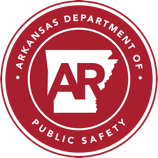
Directorate
Establishes and administers policies and procedures governing Emergency Management and Homeland Security in Arkansas. These responsibilities include reviewing and executing agreements, contracts, and other documents between state and federal authorities for provision of funds and services related to Emergency Management and Homeland Security programs. This office serves as a liaison between ADEM and the local offices of emergency management and coordinates with senior officials of federal, state, and local governments, and entities within the private sector that have roles and responsibilities for emergency management.
Finance & Grants
Manages internal operations of the Agency by ensuring all fiscal guidelines for state and federal programs are followed.
Preparedness & Response
Preparedness and Response coordinates with Emergency Management and other community partners to prepare for, coordinate with, respond to, and help recover from natural and manmade disasters/emergencies. This section oversees many programs that coordinate directly with local, state, federal, non-governmental organizations and private sector agencies.
Recovery & Mitigation
Promote the short-term and long-term resilience of Arkansas’ communities by supporting initiatives and managing the grant programs that fortify housing and infrastructure against disasters.
Infrastructure & Support
Maintain and support the agency’s equipment and resources, including Arkansas Wireless Information Network (AWIN), necessary to meet the needs of the citizens of Arkansas in all types of disaster. AWIN is the multi-site statewide LMR network serving first responders, and used by every county in the state and by multiple state agencies. Provide assessment, information, and Intel of our states critical infrastructure to key decision makers vital to national security, public health and safety, and governance. Enhance the fire protection and response capabilities of Arkansas through grants (Act 833), administration, technical assistance, and information support.


